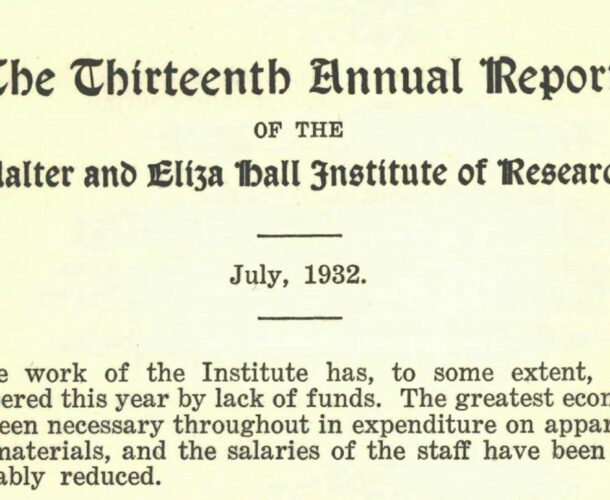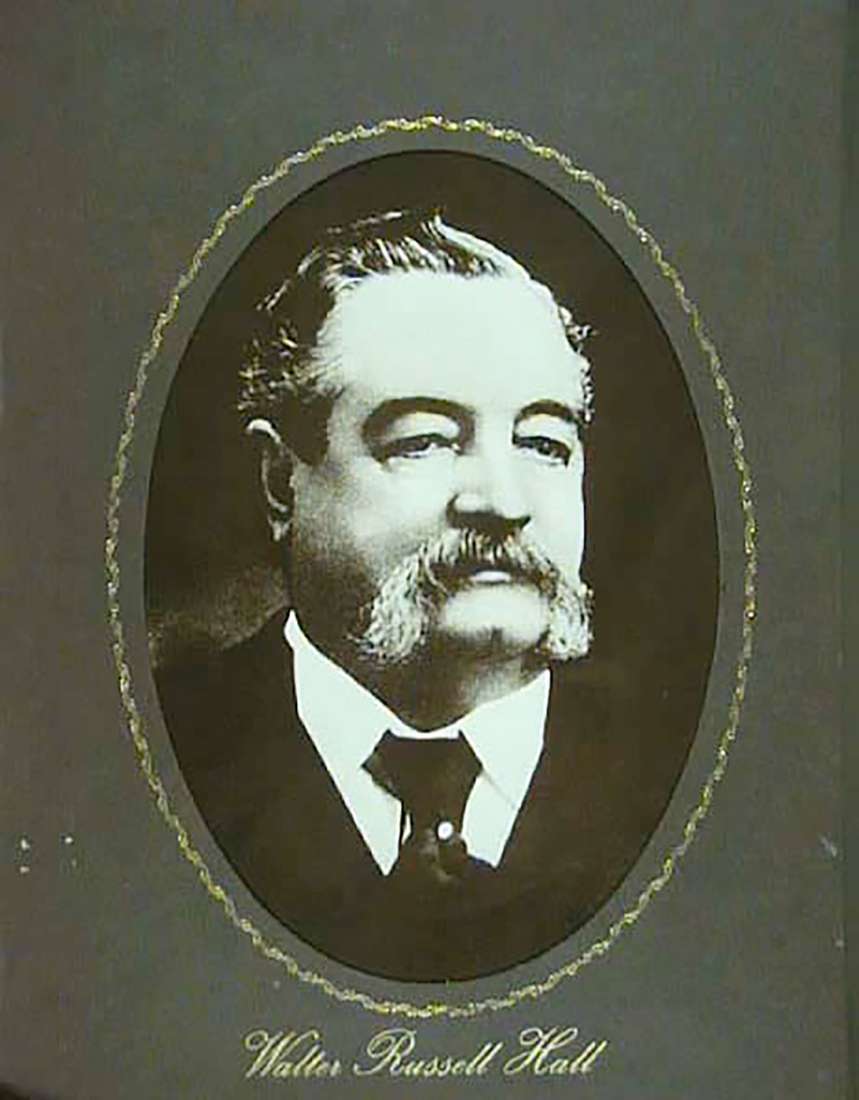The Wall Street Crash triggers an economic depression that soon spreads to Australia. Funding for research dries up, and staff at the institute take a pay cut in the interests of continuing their research work.
The Argus newspaper notes the impact of the Great Depression on the institute’s operations:
[The research areas] have one common quality…in their financial and physical value to the community. It is specially regrettable, therefore, that the institute is not merely making its own complicated apparatus…but is also housing costly gear in kerosene tins and resorting to the most desperate expedients to carry on its researches.
– The Argus, 22 July 1931
Sacrifices for research
Despite the makeshift equipment, lack of funds and reduced salaries, staff continue to produce quality research, often, as is the case with snake bite venom research, at great personal risk.
By 1933 the financial position begins to improve. Director Charles Kellaway had successfully steered the institute through the Depression and avoided closure.






